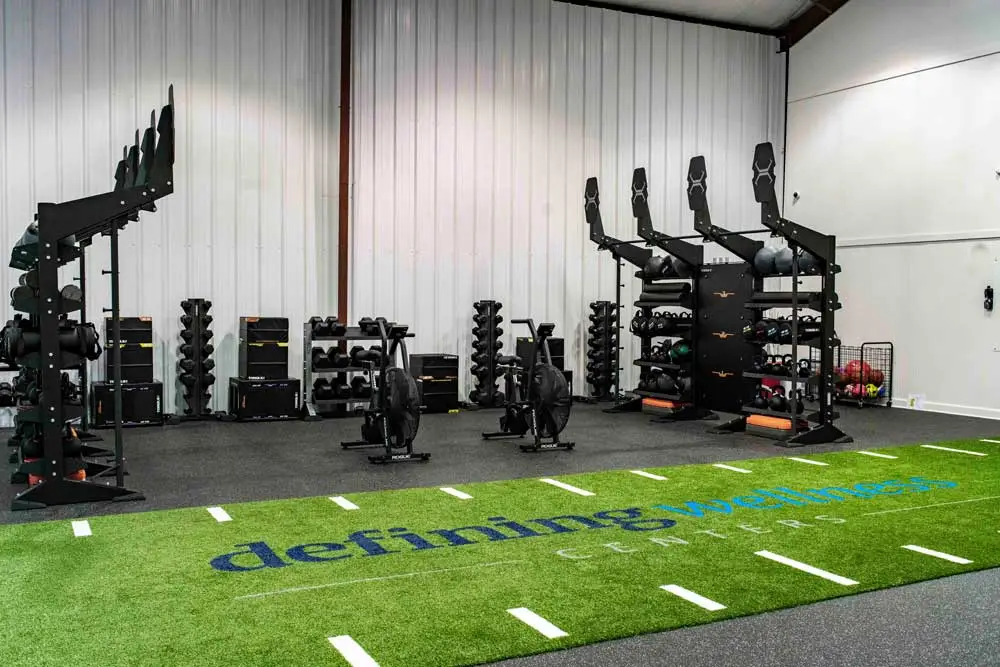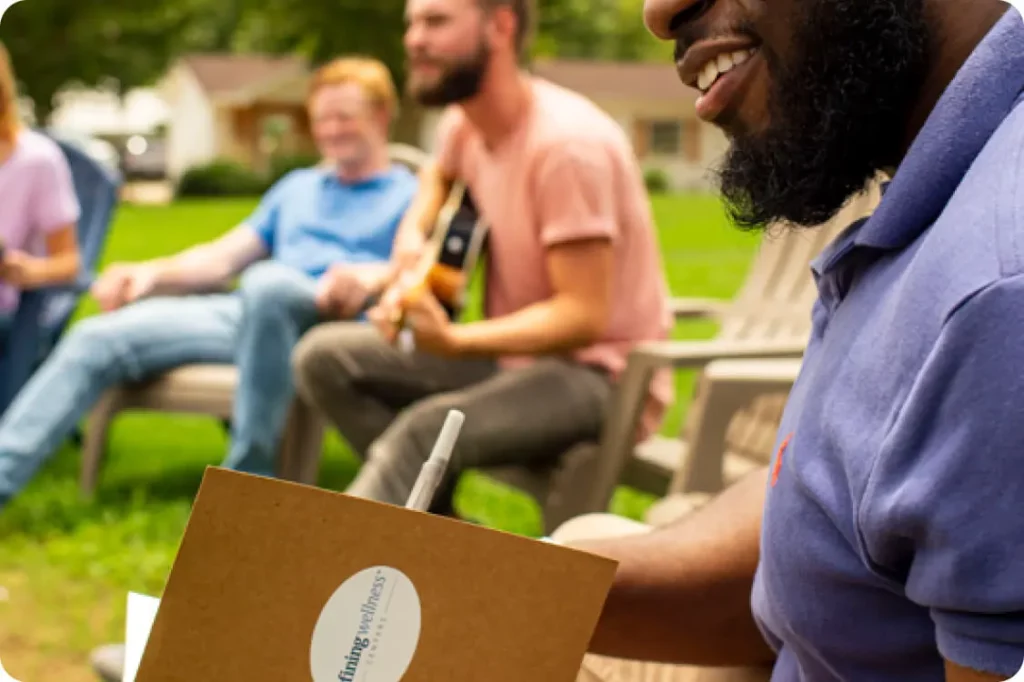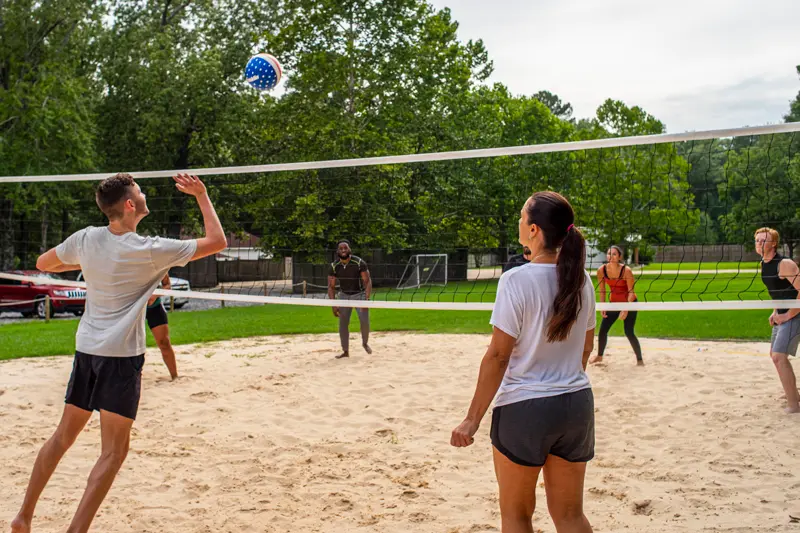Completing a 12-Step Recovery Program on Your Own
If you are struggling with addiction, you may wonder what help is available. From in-person residential programs to group therapy, there are many options to help you achieve sobriety. Many people turn to the 12 Steps, a well-known addiction recovery program developed by Alcoholics Anonymous (AA). Program participants complete 12 steps or guidelines that help them get to the root of their substance use and change their behaviors. In addition to the steps, the program includes meetings, sponsorship, literature, traditions, and service opportunities.
Although the total number of participants in all 12-step programs is unknown, Alcoholics Anonymous estimates that there are around two million people and 115,000 groups active worldwide. While many program participants choose to join online or in-person groups, some people do work through the steps alone.
The 12 Steps started as a program for people dealing with alcohol use disorder. Some recovery groups adopted the program to address other addictions. Today, you can find 12-step programs to help with addiction to substances like Adderall, Xanax, or narcotics.
Substance Use Disorders in Mississippi
Substance use disorder is a chronic medical condition that is treatable. People with substance use disorder are unable to stop or control the usage of substances like alcohol, cannabis, opioids, stimulants, or other elements. Over time, this disease can negatively affect relationships, finances, health, and work. According to the Centers for Disease Control and Prevention, one in seven Americans struggles with a form of substance use disorder.
One common type of substance use disorder is alcoholism, also known as alcohol use disorder. According to the 2022 National Survey on Drug Use and Health, approximately 28.8 million adults ages 18 and older reported problems with alcohol use disorder.
If you or a loved one struggles with this medical condition, you may turn to a well-known recovery program like the 12 Steps.
A Deeper Dive Into the 12 Steps
Introduced over 80 years ago, the 12 Steps break down the addiction recovery process into a series of stages. Each step focuses on an aspect of self-reflection or spirituality.
Step 1
For the first step, you admit you are powerless over the addiction. During this step, you also admit that your life has become unmanageable. This first step lays the groundwork for recovery by encouraging you to be honest about your substance use and how it affects your life.
Step 2
During Step 2, participants recognize and acknowledge that they need help from a higher power to overcome substance use issues. The 12 Steps do not specify a particular higher power. Individuals must define their higher power based on their beliefs, traditions, and preferences.
Step 3
During Step 3, participants make a conscious choice to surrender control and seek help from a higher power. People can make this choice by communicating with their higher power through prayer, meditation, journaling, and other contemplative practices.
Step 4
Step 4 asks participants to take a moral inventory. To create a moral inventory, you examine your thoughts, feelings, behaviors, and past actions. During this process, you consider how substance use negatively affects your life. This is a critical step because it involves confronting negative thoughts, feelings, and actions.
Step 5
Participants admit to God, themselves, and another person their wrongdoings. Program participants also should acknowledge how their actions have affected others. Some people carry feelings of guilt or shame about their actions while under the influence of substances. Step 5 can help participants let go of these feelings and begin to heal.
Step 6
During Step 6, you express your willingness to let go of the negative traits and actions from Steps 4 and 5. Participants can express their readiness through prayer or meditation alone. They also can communicate their readiness in support groups or meetings. Clients may choose to seek out additional opportunities for learning and service.
Step 7
After you state your readiness to remove negative character traits in Step 6, you ask your higher power to remove these negative traits. To work through Step 7, you express humility and ask your higher power to remove your shortcomings. As you progress through the steps, you may repeat Steps 6 and 7 as needed.
Step 8
When you reach Step 8, you will make a list of all the people you’ve harmed. This step asks you to take responsibility for your past wrongdoings. Some people find this step very challenging because it means confronting negative actions directly. During this step, you also become willing to make amends directly to the people you’ve wronged.
Step 9
After you complete this list in Step 8, you make amends directly to each person you’ve harmed. Step 9 may involve apologizing to people or making restitution. During this step, you express sincere regret and a desire to improve. You may need to skip making amends when the amends would cause harm. Instead of making amends directly, you may be able to seek reconciliation or restitution indirectly. Some people will volunteer with a charitable organization or make an anonymous donation to make amends indirectly.
Step 10
Once you complete Steps 1 through 9, you progress to Step 10. Participants will continue to take inventory and admit wrongdoings as they occur. You stay aware of your thoughts and actions by continuing practices of self-reflection and honesty. When necessary, you make amends to people you harm.
Step 11
Whatever higher power or spiritual practice you embrace in the earlier steps continues in Step 11. During this step, you nurture your connection with your higher power. Participants may establish a regular prayer or meditation practice. Frequent journaling is also helpful during this step.
Step 12
When you reach Step 12, you are ready to help others who are struggling with substance use. You can share the benefits of recovery with others. Some people decide to become sponsors and help other people on a one-on-one basis. If sponsorship isn’t right for you, you can choose to help people in recovery by assisting with small tasks at meetings. You can greet new members, set up chairs, or make coffee. This involvement helps you stay humble. Through your words and actions, you can carry the message of the 12 Steps to other people who are struggling.
Why Some Clients Try to Do the 12 Steps Alone
Before beginning the 12 Steps, some people ask if they can complete the program alone. They may wonder if peer support is essential to completing the steps successfully. Although it is possible to complete many of the steps alone, giving and receiving support from others is an important part of the program.
There are many different reasons why people would try to complete a 12-step program on their own. First, if you have a demanding work schedule or significant family responsibilities, you may find it difficult to attend scheduled meetings. Even online meetings require setting aside time in your busy schedule. Completing the 12 steps on your own gives you added flexibility to integrate this recovery program into your daily life.
Although many people around the world struggle with substance use disorder, it is still a deeply personal issue. Some people may prefer to work through substance use disorder alone. Feelings of shame or embarrassment may make a client want to keep their disorder private. They may worry about seeing friends and neighbors at meetings.
There are some potential benefits to completing the program alone. Completing the 12 Steps alone can help you take ownership of your recovery. Some people may feel an increased sense of self-reliance and independence. Sometimes, group dynamics can create distractions or temptations. Individuals working through the 12 Steps alone can focus solely on their personal growth and recoveries.
Benefits of Doing the 12 Steps With Others
Although some people choose to work through the 12 Steps alone, your chances of success increase when you have a support network. Several steps require participation from other people. For example, Steps 5 and 9 ask you to admit your wrongdoings and make amends to other people. Step 12 challenges you to take the knowledge you’ve gained in the program and share it with others. Participating in these steps fully and openly can help you achieve your recovery goals. You also will experience these benefits.
Avoid Isolation and Loneliness
A 12-step recovery program like Alcoholics Anonymous connects participants with people dealing with the same struggles. Substance use disorders can create feelings of isolation and loneliness. When you join a peer support group or attend an AA meeting, you become a member of a community that understands your experiences.
Stay Accountable
An important benefit of a 12-step program is the accountability provided by other members. When you try to work through the steps on your own, there are no sponsors to hold you accountable. Without this accountability, some participants rationalize skipping steps or deviating from the program. When triggers or cravings strike, they must overcome those challenges alone.
Learn From Diverse Perspectives
Recovery groups offer opportunities for you to learn from other members’ diverse perspectives. You will meet people from different walks of life. The encouragement and feedback from your peers can help you navigate the challenges of maintaining a sober lifestyle.
Overcome Setbacks
Recovery from a substance use disorder is not a straight line. Many people experience setbacks during the recovery process. If you attempt to work through the 12 Steps alone, you won’t have the support you need if your recovery plateaus.
Stay Motivated
Participating in group meetings and service activities can help you stay motivated during recovery. The 12-step program community can provide you with feelings of validation and support. During group meetings, participants share their experiences and learn about different coping methods. Members farther along in the recovery journey can be a valuable source of support and advice.
Find a Meeting That Works With Your Schedule
Some people cite busy schedules or rural locations as a reason to work through the program alone. Many communities have in-person meetings to accommodate different work schedules. If your community doesn’t have an in-person meeting, some groups offer meetings via phone or Zoom. No matter how you decide to participate, these groups are an important part of staying on track with recovery. If you are unable to find a meeting that suits your needs, you may want to explore other treatment options.
Exploring Substance Abuse Treatment in Mississippi
A 12-step program is appropriate for treating many different types of addiction. If you are experiencing addiction to alcohol, prescription drugs, narcotics, or other substances, a 12-step program might help you start your journey to sobriety. However, these programs aren’t your only option for recovering from addiction.
With offices in Brandon, MS and Ridgeland, MS, Defining Wellness Centers offer a wide range of treatment programs for alcoholism and substance use disorders. We offer both inpatient and outpatient rehab programs. Our team also offers an intensive outpatient program known as a partial hospitalization program. If you have a dual-diagnosis or co-occurring mental health disorder, our specialized treatment programs can help you.
No matter which program you choose, our team of professionals considers your background, medical history, lifestyle, and needs. If you have a physical dependence on a substance, we may recommend that you start with our medical detox program. During this program, we provide extra medical, psychiatric, and supportive care while our clients are experiencing withdrawal symptoms.
Our team at Defining Wellness Centers will create a unique treatment plan for you or your loved one. This plan may include therapeutic modalities like Cognitive Behavioral Therapy (CBT), Dialectical Behavioral Therapy (DBT), and family counseling. We provide our clients with the support they need to be successful in their recovery journeys.









